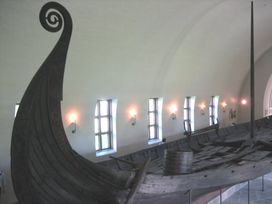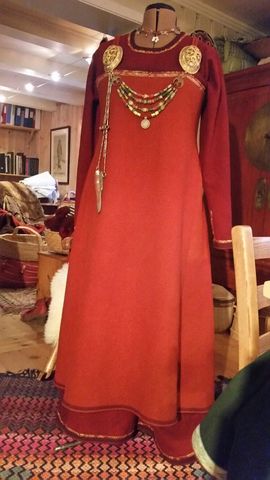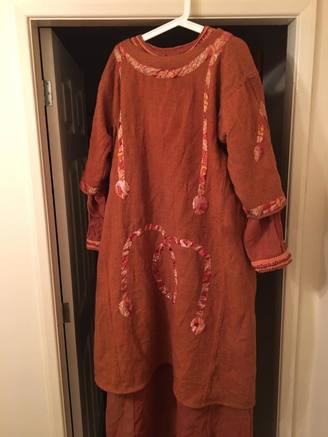Are you an SCA Stick Jock? Do you defend your crappy kit while secretly wishing you could make it better AND more historical? Feed the Ravens is looking to sponsor ONE SCA Viking Age persona fighter who has a super shitty kit due to personal life trials, financial distress, or lack of time due to extreme work hours. Must be willing to show a minimal (or lack of) paycheck, not have been participating in the SCA more than 10 years, and show a willingness to devote a little more time and effort toward our mutual goal. Getting your kit 25% better by the end of 2018.
To apply, please send photos of your current soft and hard kits (meaning armoured field kit, and what you wear around camp), and show us at least one project you have already done in the past 2 years to add to your current SCA kit(s)
maggie(dot)kocher(at)gmail.com
We will provide the following:
You will be responsible for:
- an agreed upon number of hours per month spent on projects we come up with together one 1/2 hour per week of persona research progress photos and brief instructions for others on how you did what you're working on one completely hand stitched item by the end of the year. (hopefully your shoes)
- Scrap leather, fabric and other materials from our workshop
- Pointers and help with research
- A shoe pattern, and help with making said shoes
- Persona guidance
- Introductions to people you do not know who have similar interests as you.
- Some new and used supplies for projects to improve your hard AND soft kit
I challenge my other more experienced friends to do the same as us, many of you already do this for friends and people of your households, but why not take on someone you don't know at all?



 RSS Feed
RSS Feed